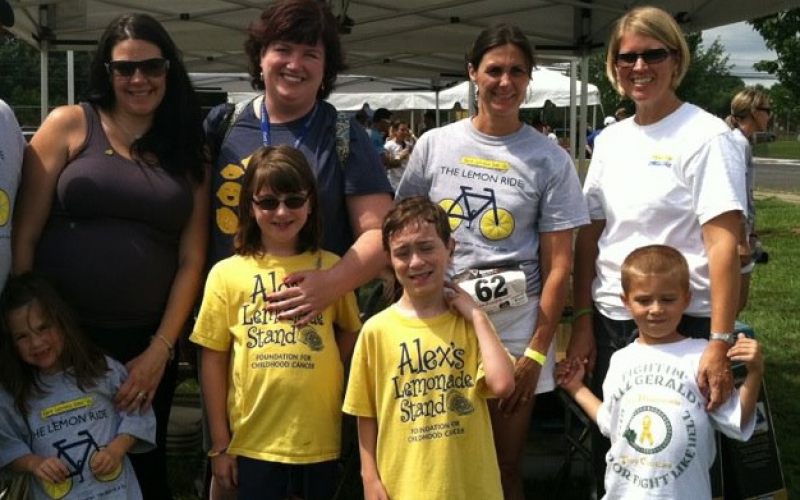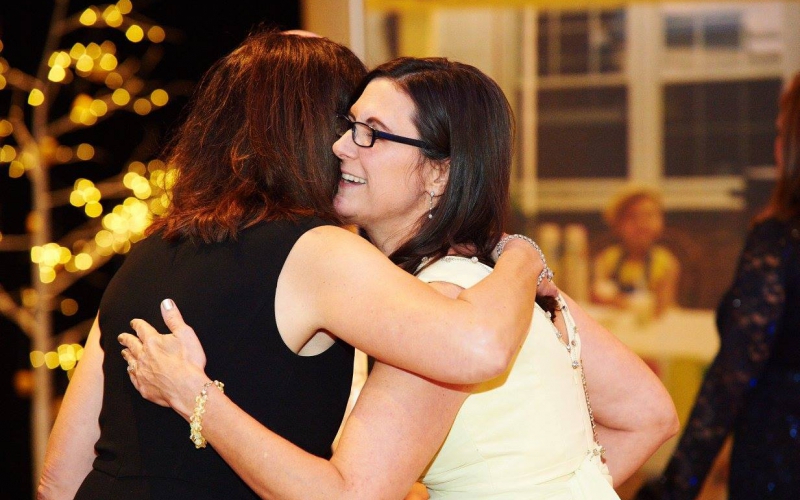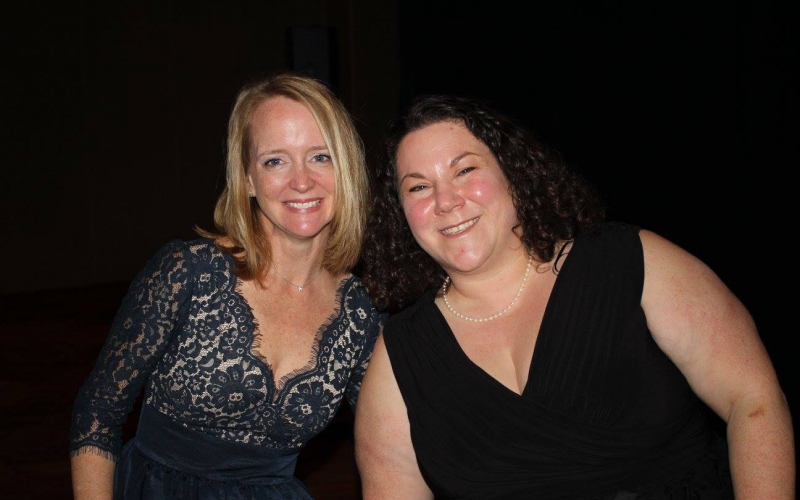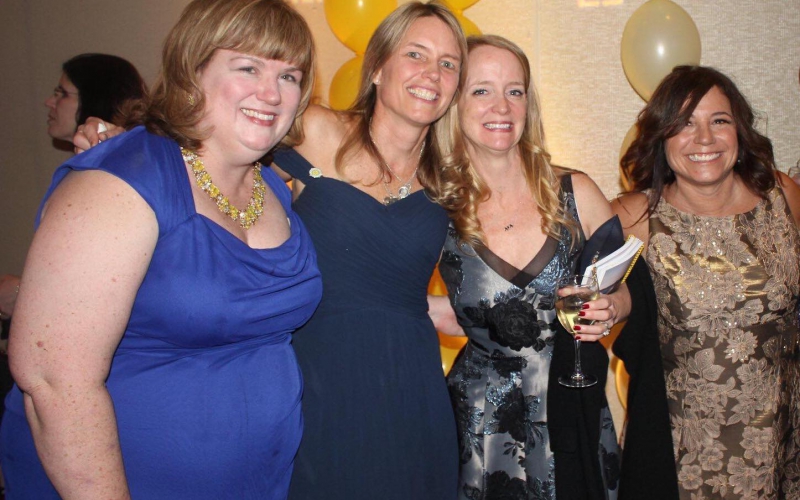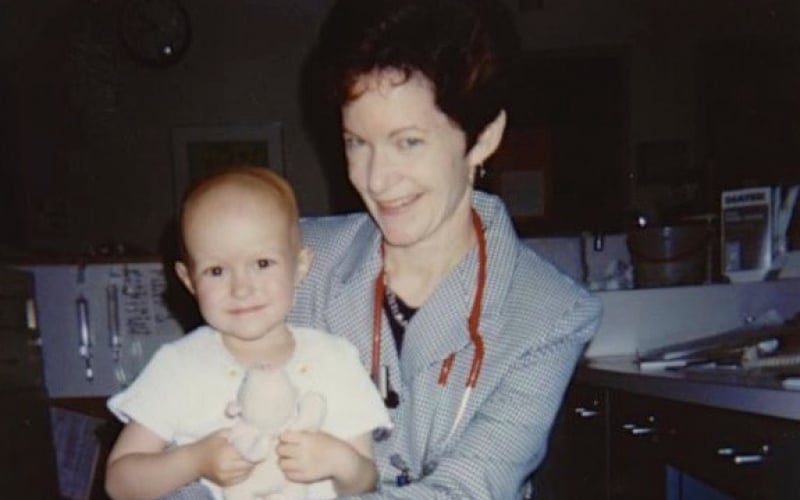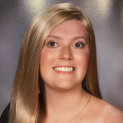The Childhood Cancer Blog
The Childhood Cancer Blog
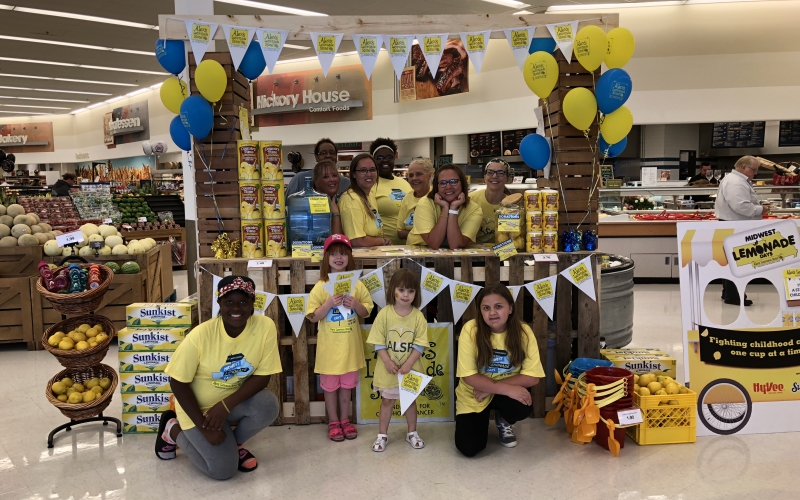
Local nurses and stand hosts Shanna and Tiffany built their sturdy lemonade stand out of recycled wooden pallets in Belton, MO.
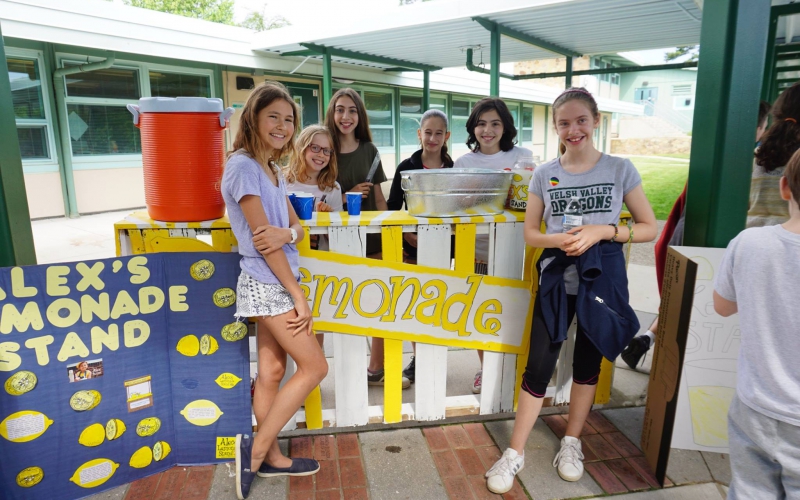
A little color goes a long way. Many stand hosts, including these students from Welsh Valley Middle School, painted over pallets to stand out.
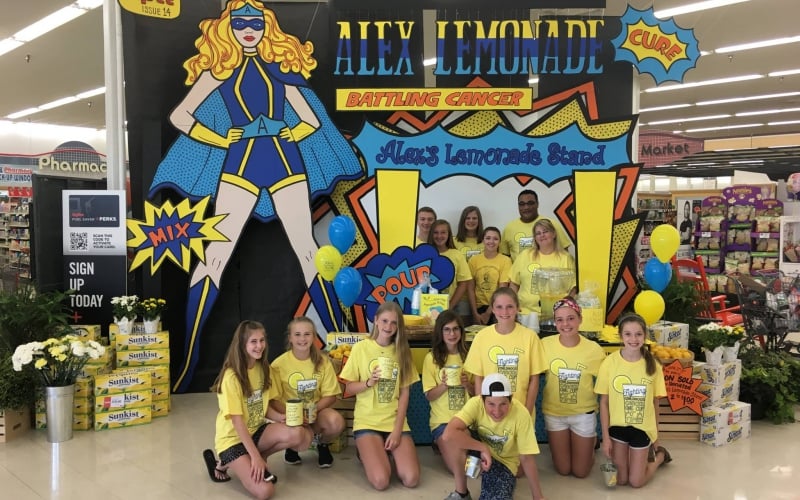
Alex Scott and all kids with cancer are our heroes bravely fighting disease. This stand in Overland Park, KS paid homage to their bravery in a big way.

The Lemon Club at Ruskin High School in Kansas City, MO gave their DIY lemonade stand a personal flair with hand painted lemons.
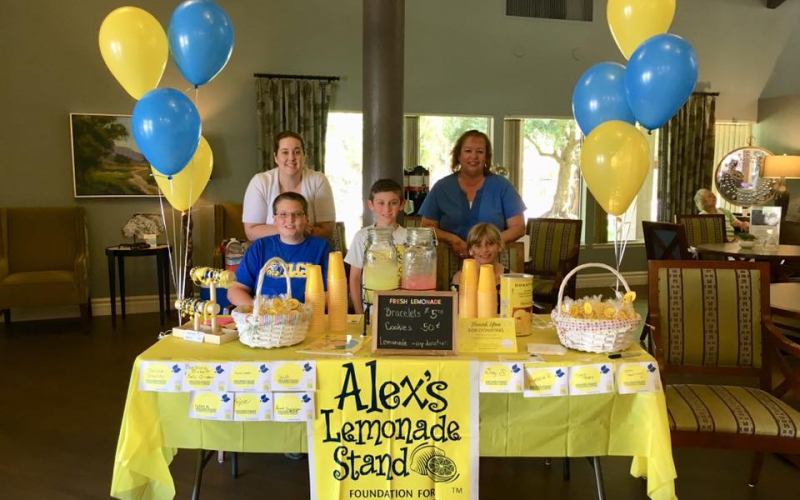
If variety is the spice of life, the Wamsley family had the tastiest lemonade stand in Riverside, CA, offering supporters their choice of lemonade flavors and other treats.
Every summer, fresh lemonade stands pop up all across the country, each more unique than the last. At Alex’s Lemonade Stand Foundation (ALSF), we always look forward to seeing the kind of DIY lemonade stands supporters make.
Need some fun, new lemonade stand ideas you can DIY? Get inspired and give your stand a little twist of creativity this year with some of these clever ideas!
1. Recycle and Reuse
Build your stand out of recycled wooden pallets — a smart option that... Read More
When my daughter Alex was first diagnosed with neuroblastoma, my gut instinct was to avoid other “cancer moms.”
I did not want to be a part of their group and hear about what was happening with them. Not only was I absolutely devastated to be a “cancer mom,” I was hopeful I would not be one for long and that Alex would be cured. I dreaded getting entangled in other children’s battles.
There was no way I... Read More
As a child, Jennifer was diagnosed with hepatoblastoma, a rare cancer that originates in the lobes of the liver. While in treatment, Jennifer’s nurse Pat Brophy, who was also ALSF Founder Alex Scott’s nurse, supported Jennifer and her parents through a scary, uncertain time. Pictured above, Jennifer and her nurse, Pat Brophy in 1995.
Today, Jennifer Toth is a pediatric oncology nurse at Children’s... Read More
Pages






